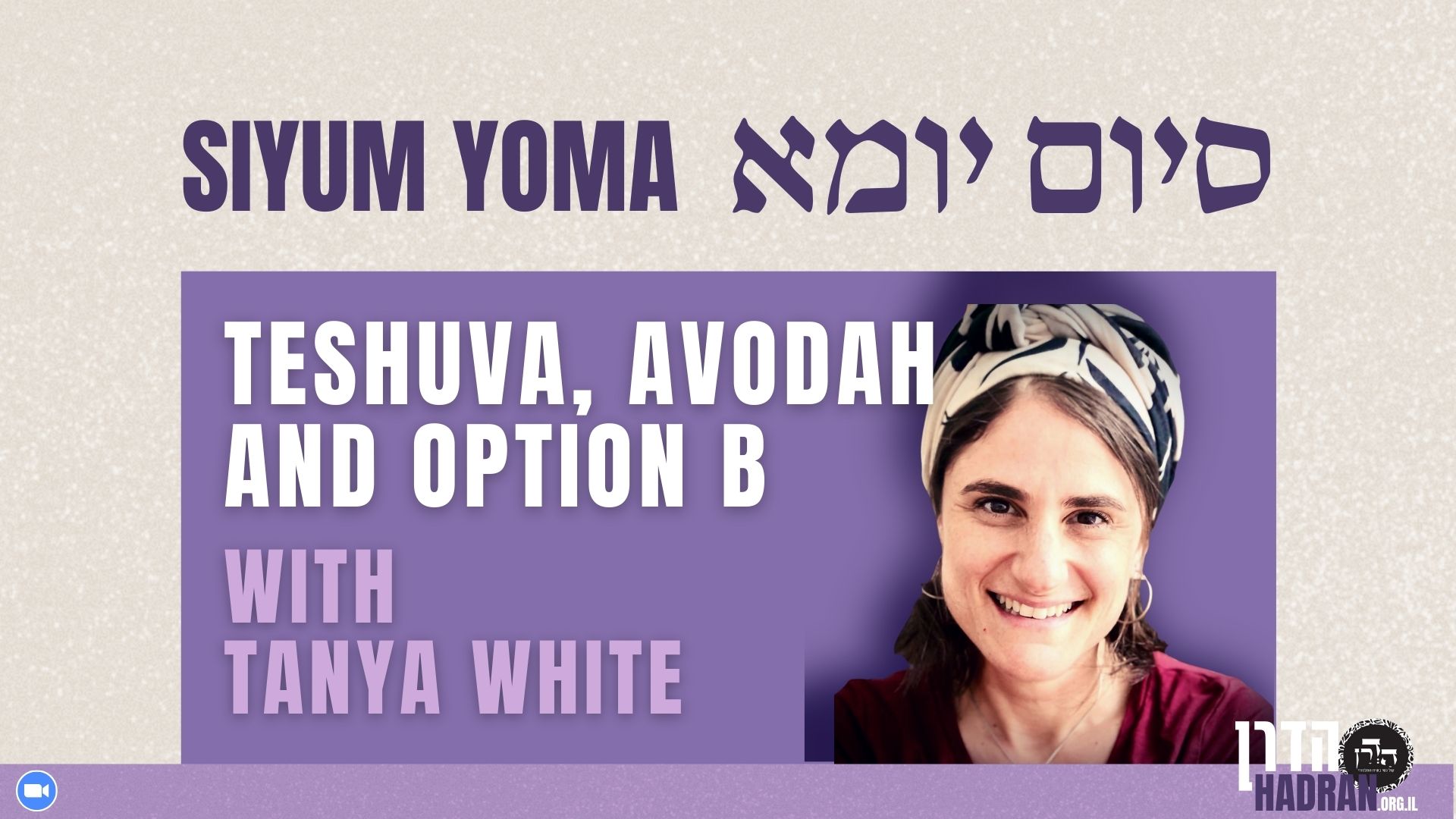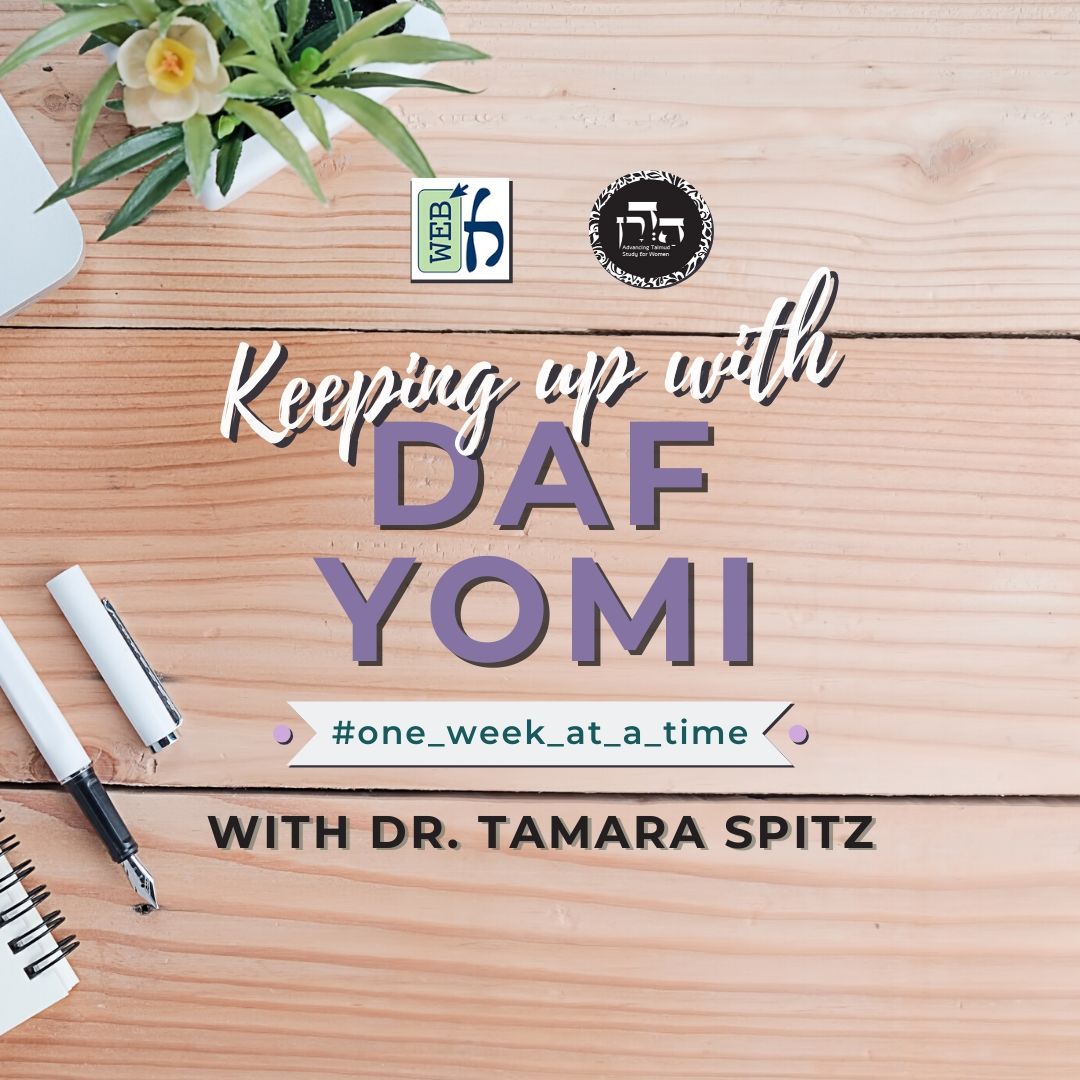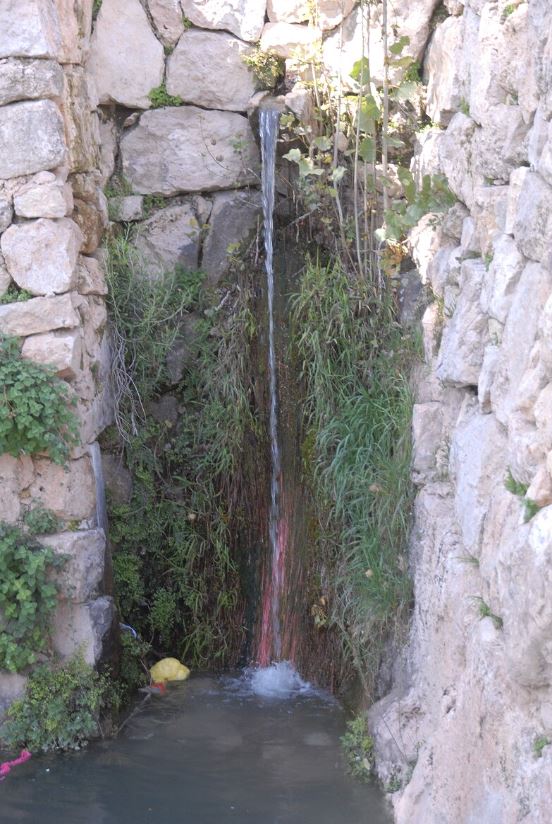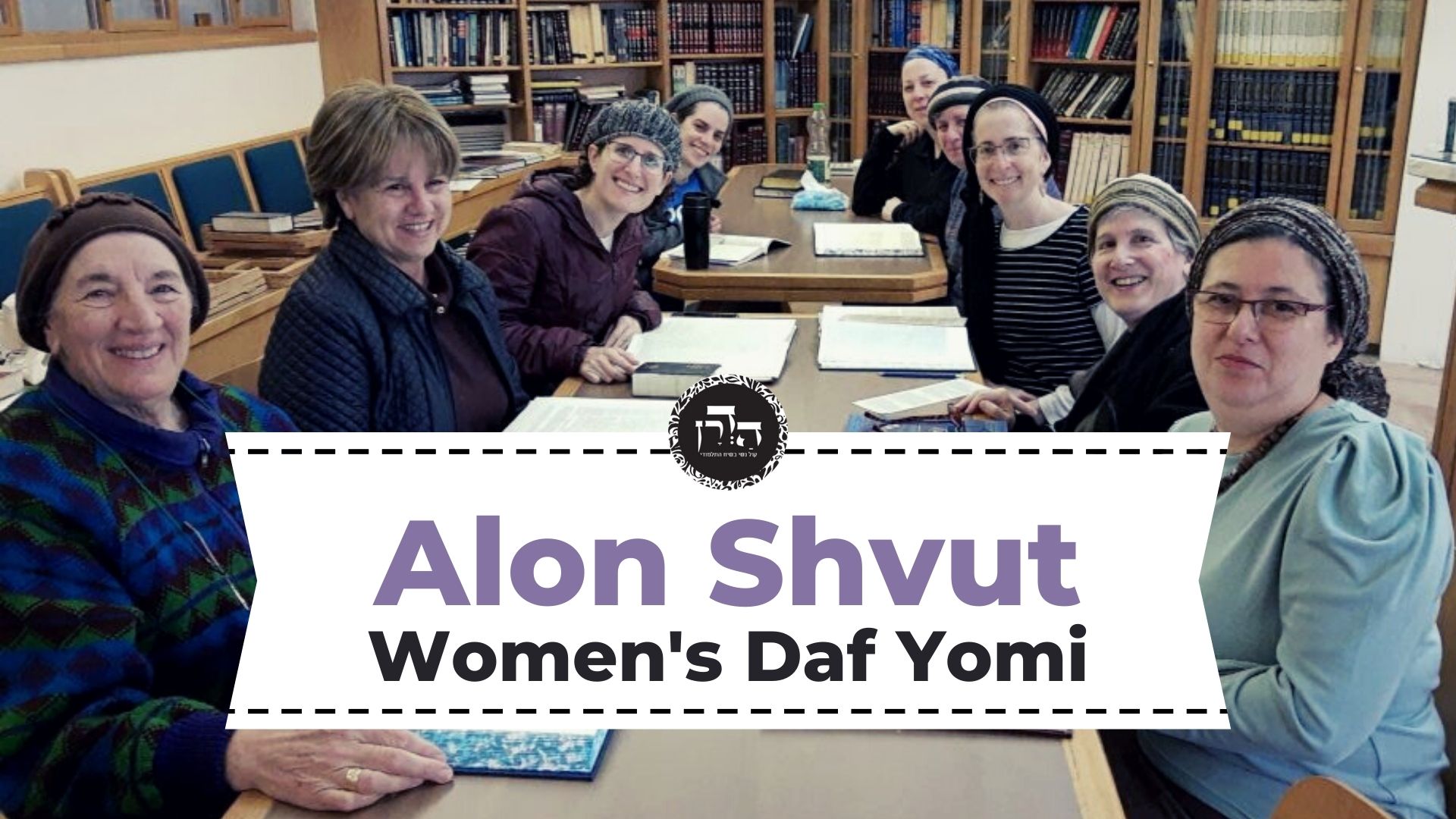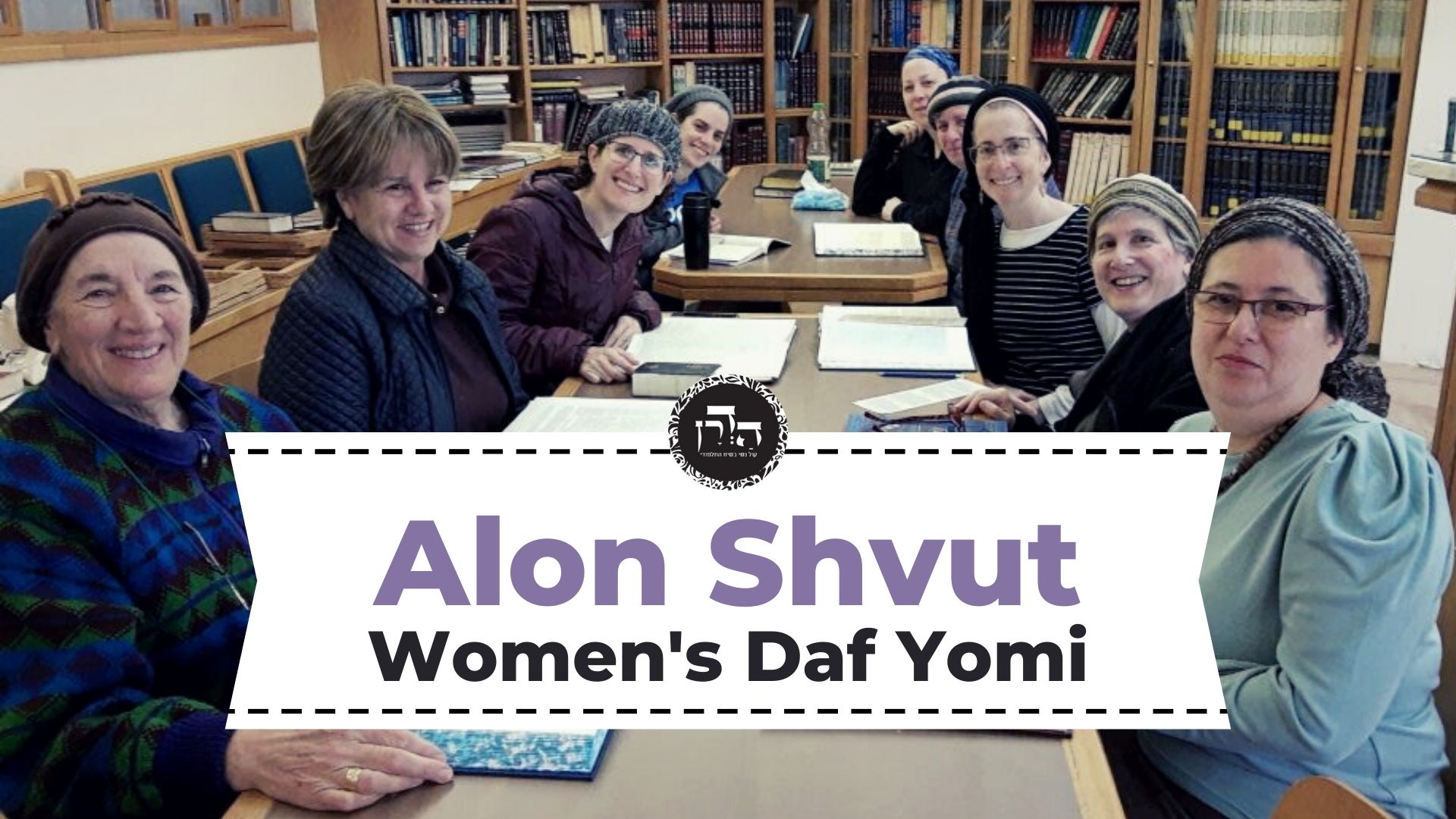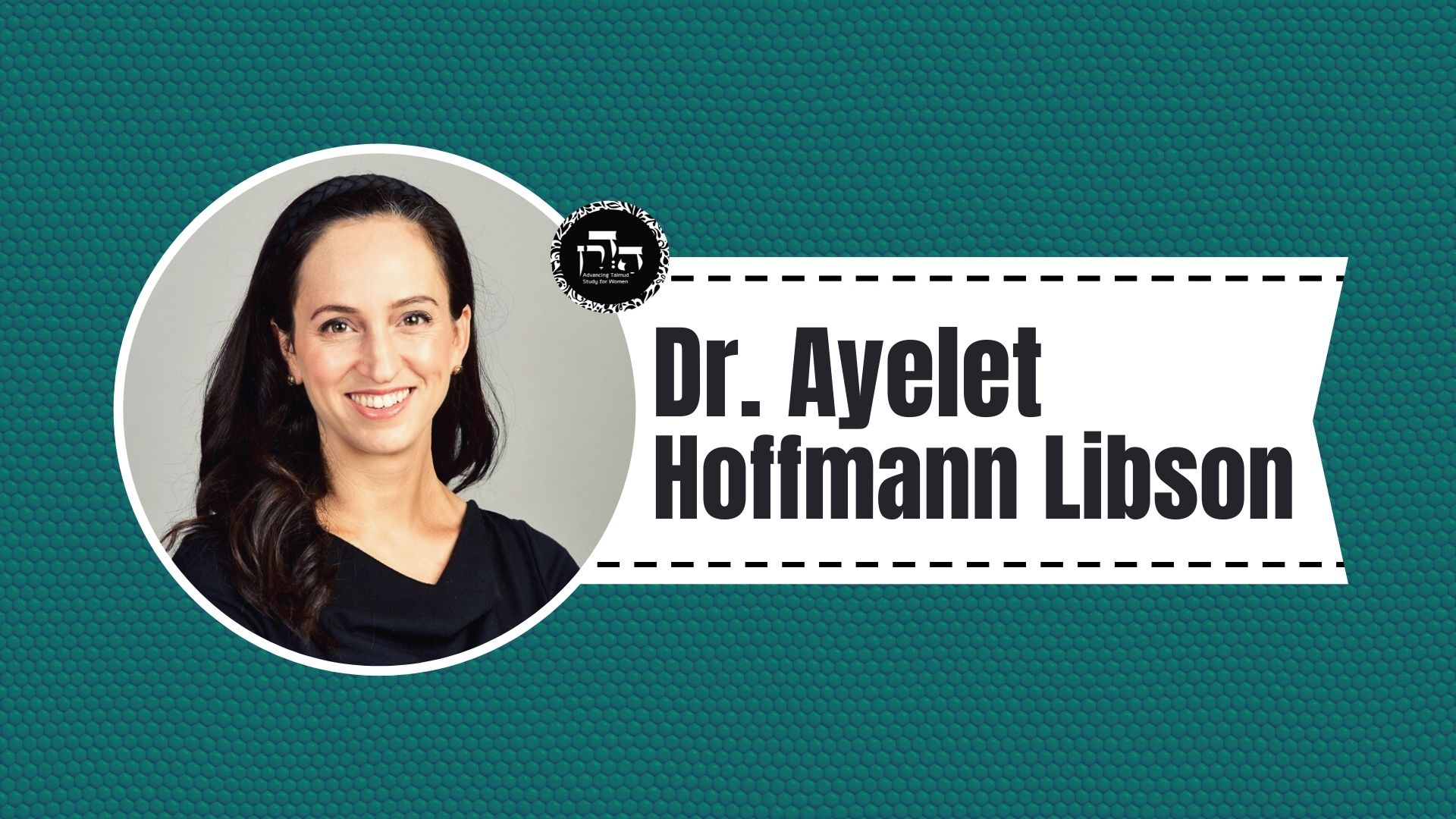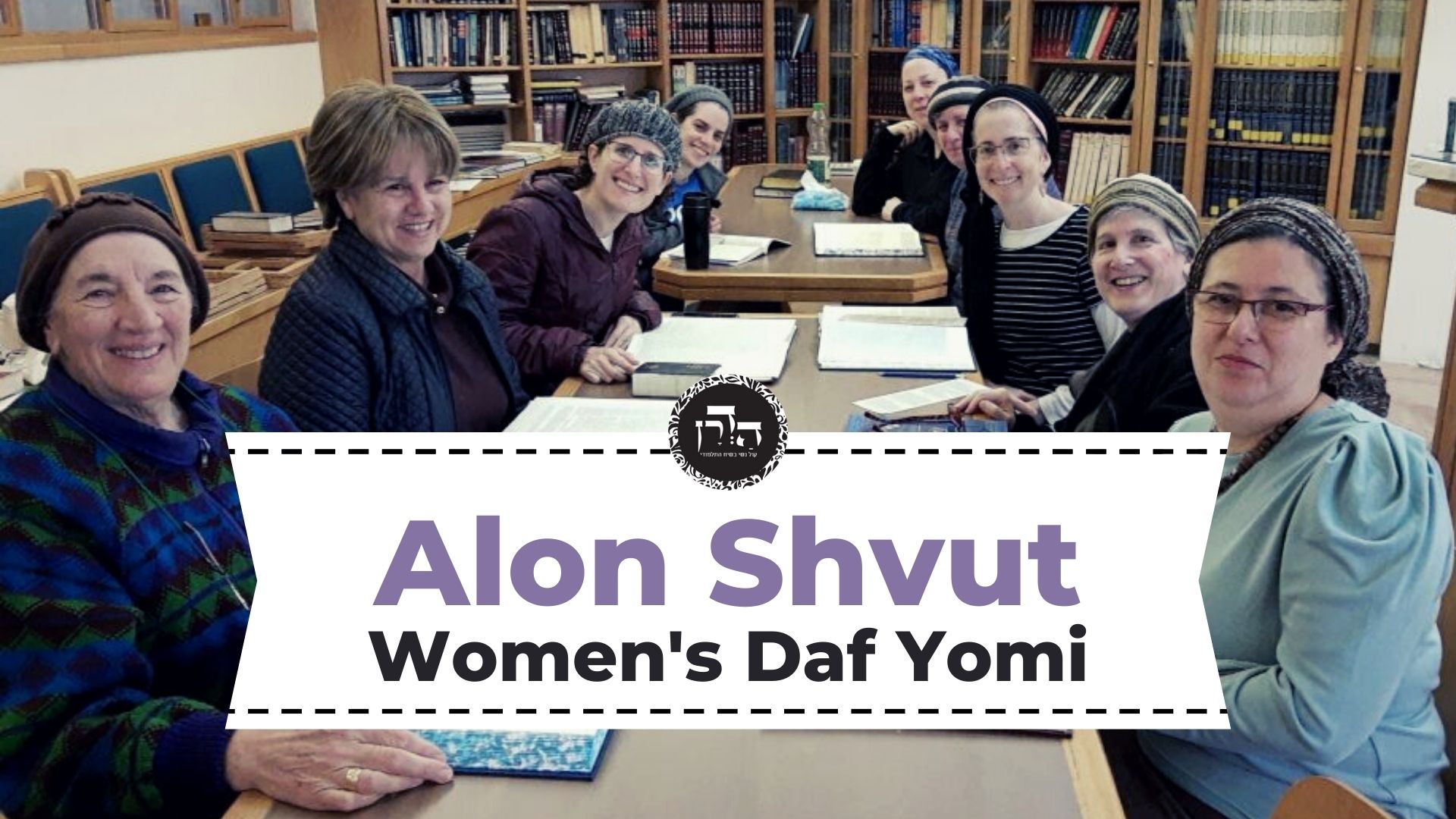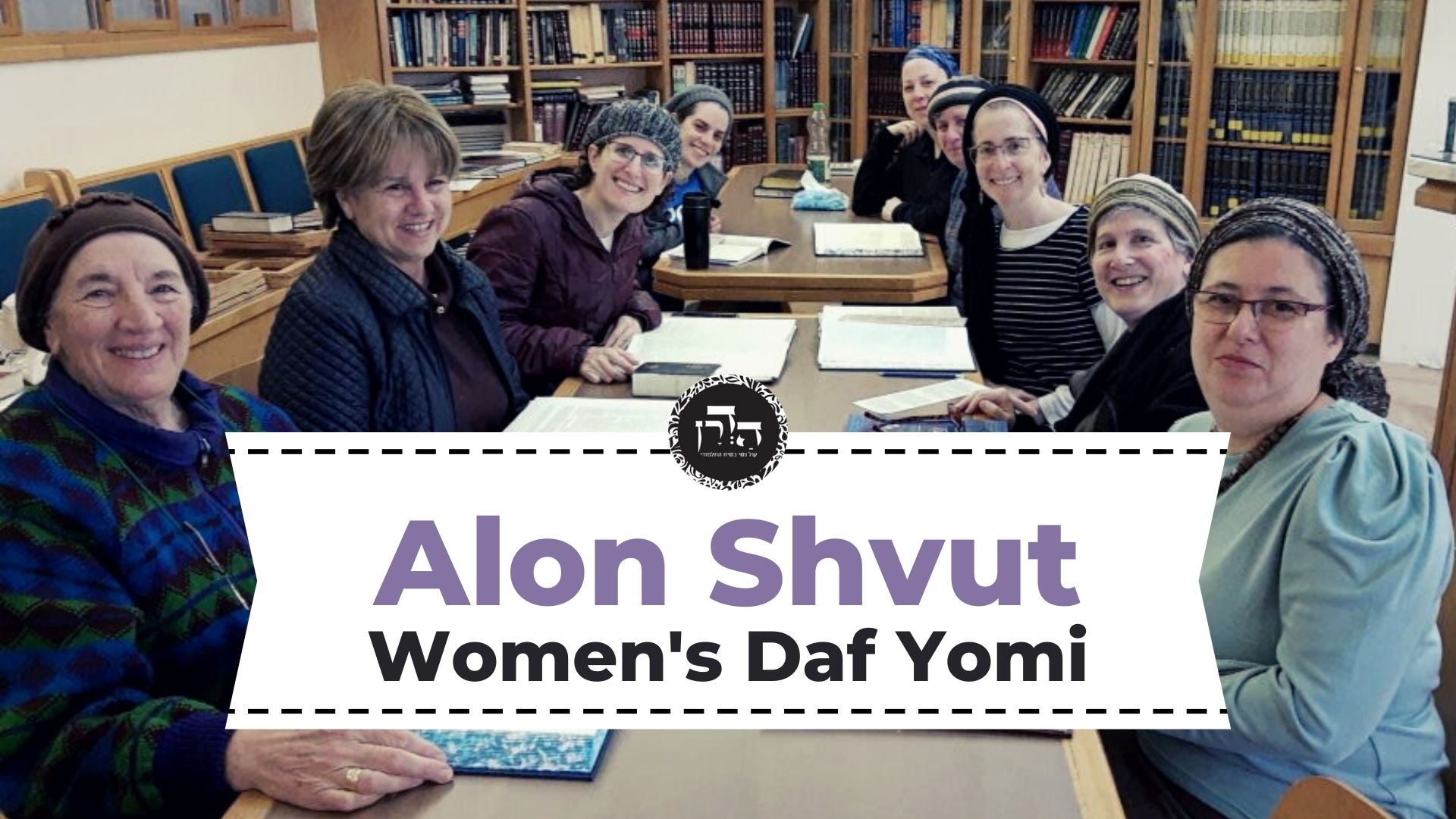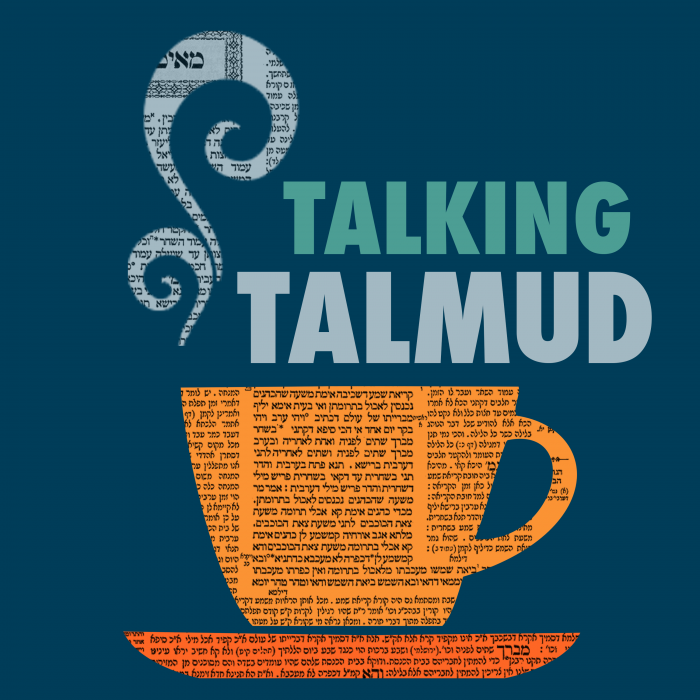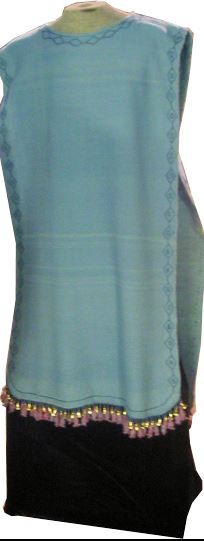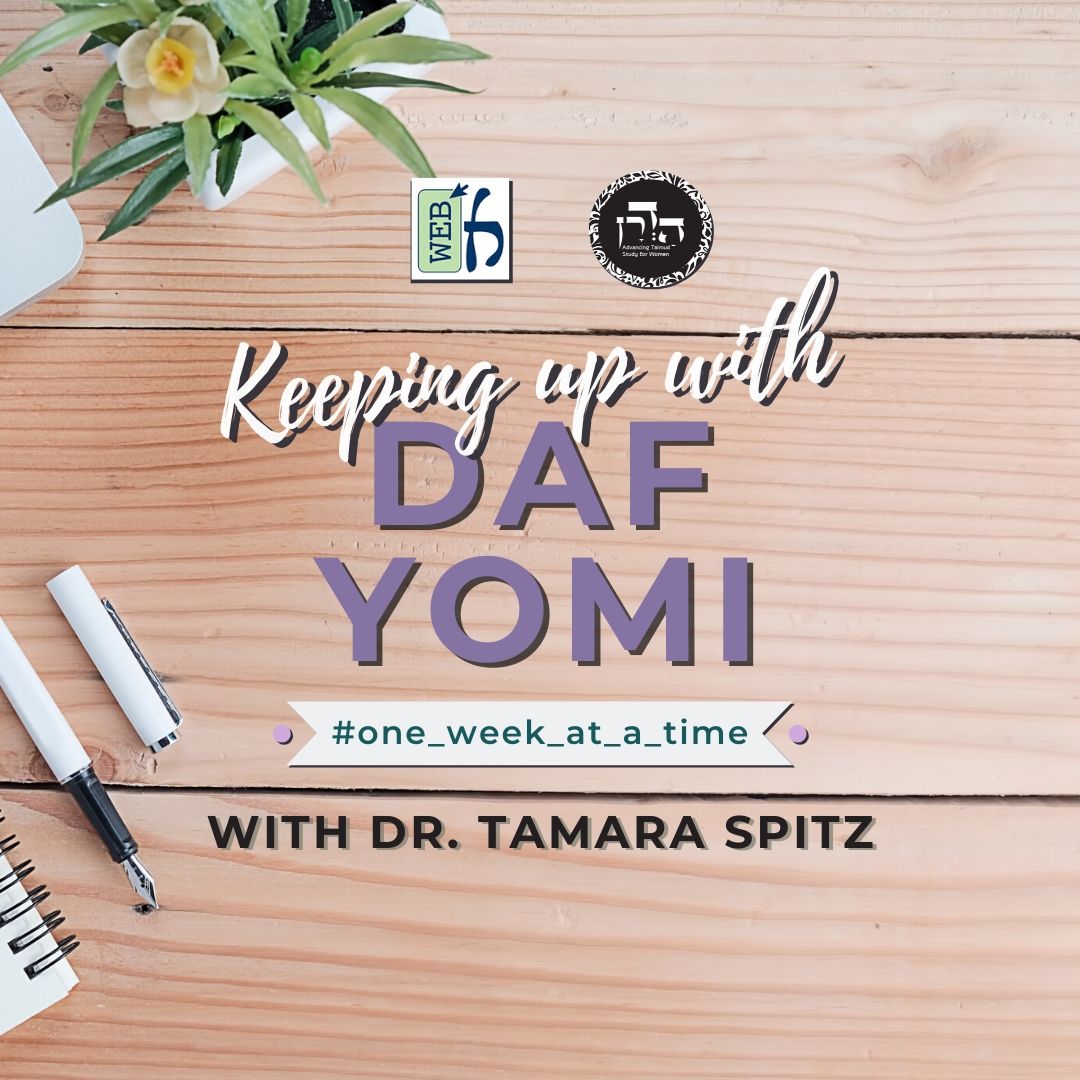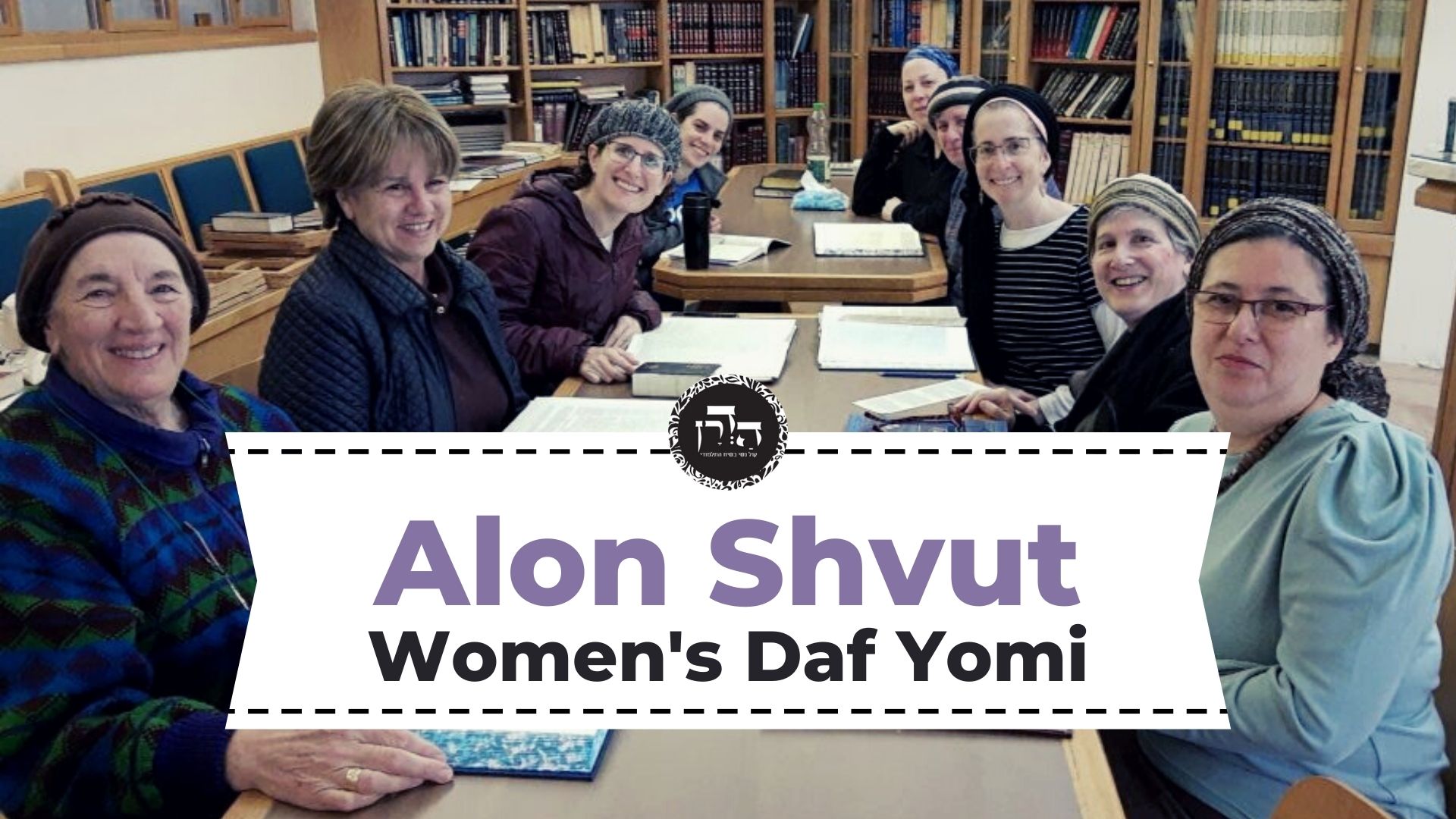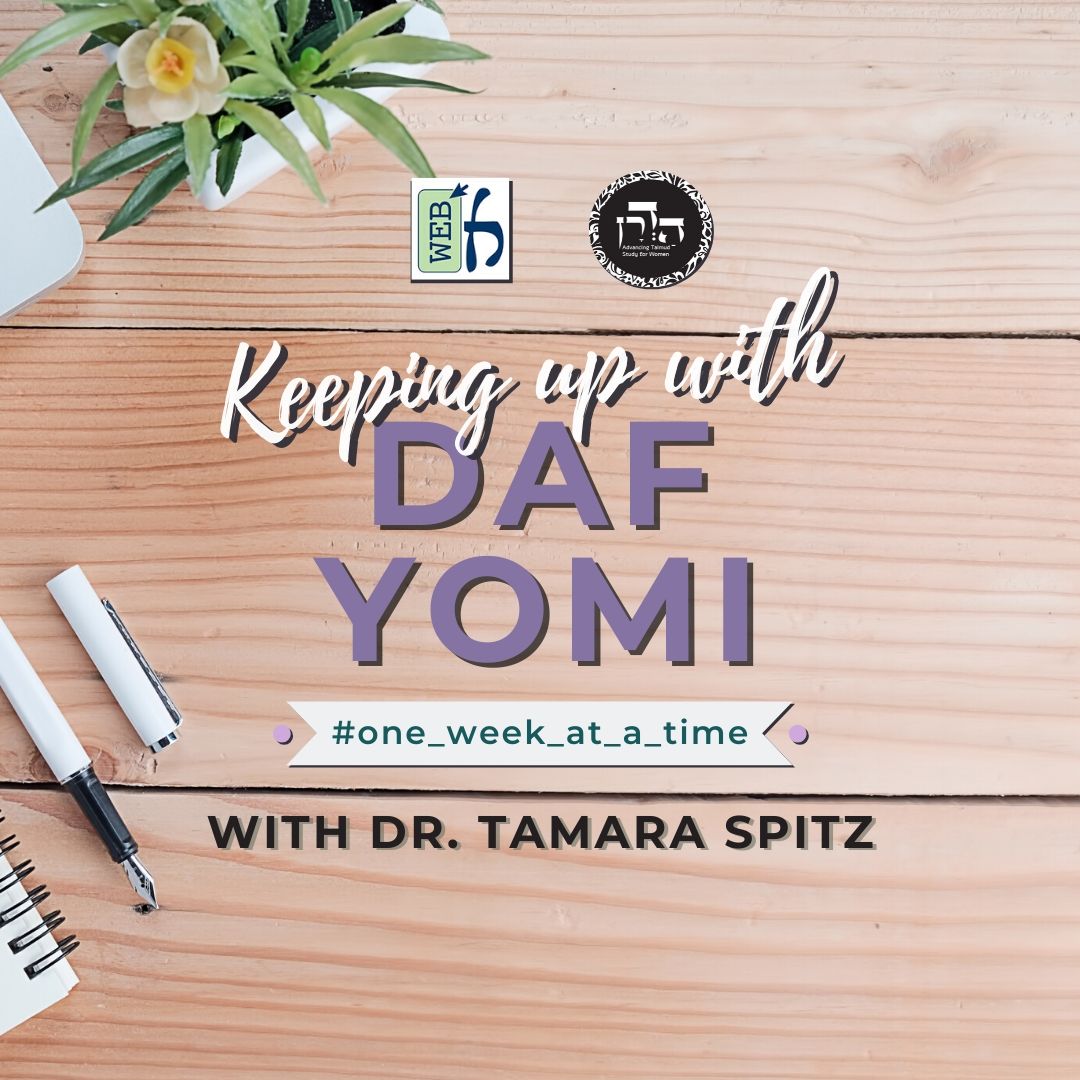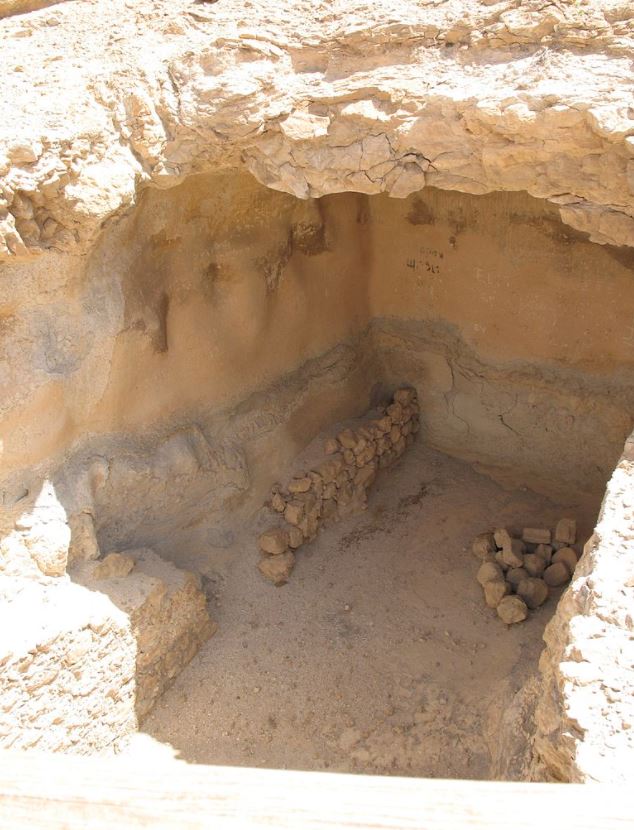Yoma 12
וְהָא — דִּכְרַכִּים, וְהָא — דִּכְפָרִים.
and this baraita, which states that a synagogue does not become impure, is referring to synagogues in large cities. Since those synagogues attract people from different places, the building is not the property of the local residents but that of the public. And that baraita, which states that a synagogue becomes impure, is referring to synagogues in villages, which belong solely to the residents of the village, and its status is like that of a house owned by partners.
וְדִכְרַכִּים אֵין מִטַּמֵּא בִּנְגָעִים? וְהָתַנְיָא: ״אֲחוּזַּתְכֶם״, אֲחוּזַּתְכֶם מִטַּמְּאָה בִּנְגָעִים, וְאֵין יְרוּשָׁלָיִם מִטַּמְּאָה בִּנְגָעִים. אָמַר רַבִּי יְהוּדָה: אֲנִי לֹא שָׁמַעְתִּי אֶלָּא מְקוֹם מִקְדָּשׁ בִּלְבַד. הָא בָּתֵּי כְנֵסִיּוֹת וּבָתֵּי מִדְרָשׁוֹת מִטַּמְּאִין בִּנְגָעִים, וְאַף עַל גַּב דִּכְרָכִים נִינְהוּ! אֵימָא: אָמַר רַבִּי יְהוּדָה: אֲנִי לֹא שָׁמַעְתִּי אֶלָּא מְקוֹם מְקוּדָּשׁ בִּלְבַד.
The Gemara asks: And do the synagogues in large cities not become ritually impure with the impurity of leprosy? Wasn’t it taught in a baraita that it is written: “In a house of the land of your possession” (Leviticus 14:34); the land of your possession becomes ritually impure with the impurity of leprosy, and the city of Jerusalem does not become ritually impure with the impurity of leprosy, since it belongs to all the Jewish people rather than to a specific tribe? Rabbi Yehuda said: I heard that it is only the site of the Temple [mikdash] alone that does not become ritually impure with the impurity of leprosy. It can be inferred that in the opinion of Rabbi Yehuda, even synagogues and study halls in Jerusalem become ritually impure with the impurity of leprosy, and that is the case even though they are synagogues in large cities. The Gemara rejects this; rather, one must emend the baraita and say that Rabbi Yehuda said: I heard that it is only a sacred [mekudash] site alone. That definition includes synagogues and study halls.
בְּמַאי קָא מִיפַּלְגִי? תַּנָּא קַמָּא סָבַר יְרוּשָׁלַיִם לֹא נִתְחַלְּקָה לִשְׁבָטִים, וְרַבִּי יְהוּדָה סָבַר יְרוּשָׁלַיִם נִתְחַלְּקָה לִשְׁבָטִים.
§ The Gemara explains the dispute in the baraita that was cited: With regard to what principle do Rabbi Yehuda and the Rabbis disagree? The first tanna holds: Jerusalem was not divided among the tribes but belonged to all of the Jewish people, and as such it does not become ritually impure with the impurity of leprosy. Rabbi Yehuda holds: Jerusalem was divided between the tribes of Judah and Benjamin. Therefore, the same halakhot of impurity apply there as apply in all other cities in Eretz Yisrael.
וּבִפְלוּגְתָּא דְּהָנֵי תַּנָּאֵי. דְּתַנְיָא: מֶה הָיָה בְּחֶלְקוֹ שֶׁל יְהוּדָה — הַר הַבַּיִת, הַלְּשָׁכוֹת וְהָעֲזָרוֹת. וּמֶה הָיָה בְּחֶלְקוֹ שֶׁל בִּנְיָמִין — אוּלָם וְהֵיכָל וּבֵית קׇדְשֵׁי הַקֳּדָשִׁים, וּרְצוּעָה הָיְתָה יוֹצְאָה מֵחֶלְקוֹ שֶׁל יְהוּדָה וְנִכְנֶסֶת לְחֶלְקוֹ שֶׁל בִּנְיָמִין, וּבָהּ הָיָה מִזְבֵּחַ בָּנוּי, וּבִנְיָמִין הַצַּדִּיק הָיָה מִצְטַעֵר עָלֶיהָ לְבׇלְעָהּ בְּכׇל יוֹם,
The Gemara states: And that dispute corresponds to the dispute between these tanna’im, as it was taught in a baraita: What part of the Temple was located in the portion of the tribe of Judah? It was the part including the entire Temple Mount, excluding those areas in the portion of Benjamin, the chambers, and the courtyards. And what part of the Temple was in the portion of the tribe of Benjamin? It was the part including the Entrance Hall of the Sanctuary, and the Sanctuary, and the Holy of Holies. And a strip of land emerges from the portion of Judah and enters the portion of Benjamin on which the altar is built. And Benjamin the righteous would suffer longing to engulf it every day. The tribe of Benjamin was disappointed that the strip belonging to the tribe of Judah intersected its tribal land and wanted Judah to transfer ownership so that the land with the altar would belong to Benjamin.
שֶׁנֶּאֱמַר: ״חוֹפֵף עָלָיו כׇּל הַיּוֹם״. לְפִיכָךְ זָכָה בִּנְיָמִין הַצַּדִּיק וְנַעֲשָׂה אוּשְׁפִּיזְכָן לִגְבוּרָה, שֶׁנֶּאֱמַר: ״וּבֵין כְּתֵפָיו שָׁכֵן״.
An allusion to this is that which is stated in Moses’ blessing to Benjamin: “Ever does he protect him and he rests between his shoulders” (Deuteronomy 33:12), like one who is unable to abide something stuck between his shoulders and constantly rubs it to remove it. Therefore, Benjamin the righteous was privileged to serve as host [ushpizekhan] to the Almighty, as it is stated: “And he rests between his shoulders,” alluding to the fact that the Holy of Holies was located in the territory of Benjamin. According to this baraita, Jerusalem was divided among the tribes.
וְהָאִי תַּנָּא סָבַר יְרוּשָׁלַיִם לֹא נִתְחַלְּקָה לִשְׁבָטִים, דְּתַנְיָא: אֵין מַשְׂכִּירִין בָּתִּים בִּירוּשָׁלַיִם לְפִי שֶׁאֵינָהּ שֶׁלָּהֶן. רַבִּי אֶלְעָזָר בַּר (צָדוֹק) אוֹמֵר: אַף לֹא מִטּוֹת. לְפִיכָךְ, עוֹרוֹת קָדָשִׁים — בַּעֲלֵי אוּשְׁפִּיזְכָנִין נוֹטְלִין אוֹתָן בִּזְרוֹעַ. אָמַר אַבָּיֵי: שְׁמַע מִינַּהּ, אוֹרַח אַרְעָא לְמִישְׁבַּק אִינִישׁ גּוּלְפָּא וּמַשְׁכָּא לְאוּשְׁפִּיזֵיהּ.
And this tanna holds: Jerusalem was not divided among the tribes at all, as it was taught in a baraita: Homeowners did not let their houses in Jerusalem because the houses were not actually theirs. Residents of Jerusalem did not own their residences, as the city belonged to the entire Jewish people. Rabbi Elazar bar Tzadok says: Even beds were not rented. Therefore, with regard to hides of consecrated animals of the Festival peace-offerings, which the pilgrims to Jerusalem would give as gifts to their hosts, the hosts were not really entitled to them. This is why the hosts would take them by force. Abaye said: Learn from it that it is customary for a guest to leave his empty wine jug and hides from sacrificial animals and give them to his host.
וְדִכְפָרִים מִי מִטַּמֵּא בִּנְגָעִים? וְהָתַנְיָא: ״לַאֲחוּזָּה״, עַד שֶׁיִּכְבְּשׁוּ אוֹתָהּ. כָּבְשׁוּ אוֹתָהּ וְלֹא חִלְּקוּהָ לִשְׁבָטִים, חִלְּקוּ לִשְׁבָטִים וְלֹא חִלְּקוּ לְבֵית אָבוֹת, חִלְּקוּ לְבֵית אָבוֹת וְאֵין כׇּל אֶחָד מַכִּיר אֶת שֶׁלּוֹ, מִנַּיִין?
After discussing the status of Jerusalem, the Gemara addresses the matter of synagogues in villages. The Gemara asks: And do the synagogues in villages become impure with the impurity of leprosy? Wasn’t it taught in a baraita as follows? It is written: “When you enter the land of Canaan that I give you for a possession, and I put the plague of leprosy in a house of the land of your possession” (Leviticus 14:34). The term: “For a possession,” means until you conquer it and it becomes entirely yours. However, in a case where they conquered it but did not divide it among the tribes, or where they divided it among the tribes but did not distribute it to the patrilineal families; or where they distributed it to the patrilineal families, but every one of them does not recognize his individual portion, from where is it derived that it does not become impure?
תַּלְמוּד לוֹמַר: ״וּבָא אֲשֶׁר לוֹ הַבַּיִת״, מִי שֶׁמְיוּחָד לוֹ, יָצָא אֵלּוּ שֶׁאֵין מְיוּחָדִין לוֹ. אֶלָּא מְחַוַּורְתָּא כִּדְשַׁנִּין מֵעִיקָּרָא.
The verse states: “And the one whom the house is his will come” (Leviticus 14:35); one whom the house is designated for him and who is certain of his ownership, excluding those houses which are not designated for him. Apparently, the legal status of synagogues in villages is that of communal property, as the portion of each individual is not clearly identifiable, and therefore they cannot become impure. Rather, there is no distinction in this regard between synagogues in large cities and those in villages. And with regard to the original question, it is clear as we responded initially with alternative resolutions to the contradiction between the baraitot.
וּמַתְקִינִין לוֹ כֹּהֵן אַחֵר. פְּשִׁיטָא אֵירַע בּוֹ פְּסוּל קוֹדֶם תָּמִיד שֶׁל שַׁחַר — מְחַנְּכִין אוֹתוֹ בְּתָמִיד שֶׁל שַׁחַר. אֶלָּא אֵירַע בּוֹ פְּסוּל אַחַר תָּמִיד שֶׁל שַׁחַר, בַּמֶּה מְחַנְּכִין אוֹתוֹ?
§ It was taught in the mishna: And they would designate another priest in the High Priest’s stead, lest a disqualification due to impurity prevent his entering the Temple on Yom Kippur. The Gemara asks: It is obvious that if disqualification befell the incumbent High Priest prior to the sacrifice of the daily morning offering on Yom Kippur, that one initiates the replacement by dressing him in the eight garments of the High Priest with the daily morning offering, which renders him acting High Priest. However, if disqualification befell the incumbent High Priest after the daily morning offering, how does one initiate the replacement? After the daily morning offering, the High Priest begins the Yom Kippur service clothed in the four linen garments unique to the day, which are the same as the tunic, trousers, turban, and belt of the common priest. How is it evident that he is the acting High Priest?
אָמַר רַב אַדָּא בַּר אַהֲבָה: בְּאַבְנֵט. הָנִיחָא לְמַאן דְּאָמַר אַבְנֵטוֹ שֶׁל כֹּהֵן גָּדוֹל, זֶה הוּא אַבְנֵטוֹ שֶׁל כֹּהֵן הֶדְיוֹט. אֶלָּא לְמַאן דְּאָמַר אַבְנֵטוֹ שֶׁל כֹּהֵן גָּדוֹל לֹא זֶהוּ אַבְנֵטוֹ שֶׁל כֹּהֵן הֶדְיוֹט, מַאי אִיכָּא לְמֵימַר?
Rav Adda bar Ahava said: It is evident by means of his belt. The belt worn by the High Priest on Yom Kippur was made of linen, unlike that of the common priest, which was a mixture of the diverse kinds of linen and wool. The Gemara asks: This works out well according to the one who said: Throughout the rest of the year, the belt of the High Priest, which the Torah clearly states is made of a mixture of diverse kinds, is identical to the belt of the common priest, whereas on Yom Kippur, the belt is made of linen. When the replacement priest dons the linen belt he is initiated as the acting High Priest. However, according to the one who said: The belt of the High Priest is not identical to the belt of the common priest, what can be said? According to this approach, throughout the year the High Priest wears a belt of blue and purple wool and linen, while the belts of common priests are made of white linen like the rest of their clothes. Therefore, on Yom Kippur, when the High Priest dons a belt of white linen, his belt is identical to that of a common priest. If so, what initiates the replacement as acting High Priest?
אָמַר אַבָּיֵי: לוֹבֵשׁ שְׁמוֹנָה, וּמְהַפֵּךְ בְּצִינּוֹרָא, וְכִדְרַב הוּנָא. דְּאָמַר רַב הוּנָא: זָר שֶׁהִפֵּךְ בְּצִינּוֹרָא — חַיָּיב מִיתָה. וְרַב פָּפָּא אָמַר:
Abaye said: Before the replacement begins serving on Yom Kippur with the four linen garments, he is initiated and promoted to the High Priesthood by donning the eight garments of the High Priest and turning over one of the limbs on the altar with a fork, thereby accelerating the burning of the daily morning offering. By performing part of the service while wearing the garments of the High Priest, he is initiated as acting High Priest. And this is in accordance with the opinion of Rav Huna, as Rav Huna said: A non-priest who turns over part of the offering on the altar with a fork is liable to receive the death penalty because he engaged in Temple service restricted to priests. And Rav Pappa said:
עֲבוֹדָתוֹ מְחַנַּכְתּוֹ. מִי לָא תַּנְיָא כׇּל הַכֵּלִים שֶׁעָשָׂה מֹשֶׁה — מְשִׁיחָתָן מְקַדַּשְׁתָּן, מִכָּאן וְאֵילָךְ — עֲבוֹדָתָן מְחַנַּכְתָּן. הָכָא נָמֵי — עֲבוֹדָתוֹ מְחַנַּכְתּוֹ.
That action is unnecessary and therefore superfluous; his service initiates him. The replacement High Priest need not undergo any preliminary initiation. His very performance of the Yom Kippur service, which is valid only if performed by the High Priest, initiates him as acting High Priest. As proof, the Gemara states: Wasn’t it taught in a baraita: With regard to all the sacred vessels that Moses made, their anointment with oil consecrates them. From that point forward, in the generations after Moses, new vessels did not require anointment to be consecrated; rather, their use in Temple service initiates them and renders them fit for use. Here, too, with regard to the High Priest, his service initiates him.
כִּי אֲתָא רַב דִּימִי, אָמַר: אַבְנֵטוֹ שֶׁל כֹּהֵן הֶדְיוֹט, רַבִּי וְרַבִּי אֶלְעָזָר בְּרַבִּי שִׁמְעוֹן, חַד אָמַר: שֶׁל כִּלְאַיִם, וְחַד אָמַר: שֶׁל בּוּץ.
§ Apropos the belt of the High Priest, the Gemara cites the aforementioned dispute in its entirety. When Rav Dimi came from Eretz Yisrael to Babylonia he said: With regard to the belt of the common priest, there is a dispute between Rabbi Yehuda HaNasi and Rabbi Elazar, son of Rabbi Shimon. One said: It was a mixture of diverse kinds of wool and linen, like the belt of the High Priest mentioned in the Torah. And one said: It was made of fine linen, like the rest of the garments of the common priest.
תִּסְתַּיֵּים דְּרַבִּי הוּא דְּאָמַר שֶׁל כִּלְאַיִם. דְּתַנְיָא: אֵין בֵּין כֹּהֵן גָּדוֹל לְכֹהֵן הֶדְיוֹט אֶלָּא אַבְנֵט, דִּבְרֵי רַבִּי. רַבִּי אֶלְעָזָר בְּרַבִּי שִׁמְעוֹן אוֹמֵר: אַף לֹא אַבְנֵט. אֵימַת? אִי נֵימָא בִּשְׁאָר יְמוֹת הַשָּׁנָה — טוּבָא אִיכָּא: כֹּהֵן גָּדוֹל מְשַׁמֵּשׁ בִּשְׁמוֹנָה וְהֶדְיוֹט בְּאַרְבָּעָה!
The Gemara suggests: Conclude that it is Rabbi Yehuda HaNasi who said that the belt of the common priest was a mixture of diverse kinds, as it was taught in a baraita: The only difference between a High Priest and a common priest is the belt; this is the statement of Rabbi Yehuda HaNasi. Rabbi Elazar, son of Rabbi Shimon, says: Not even the belt represents a difference between them. The Gemara explains: With regard to the difference between the High Priest and the common priest, when is there a dispute between the tanna’im? If we say that the dispute is with regard to the rest of the days of the year, there are many other differences between them, since the High Priest serves wearing eight garments and the common priest wears four garments. Therefore, that could not be the point of the dispute.
אֶלָּא לָאו, בְּיוֹם הַכִּפּוּרִים.
Rather, is it not that the dispute is with regard to the differences between the High Priest and the common priest on Yom Kippur? They agree that the belt of the High Priest on Yom Kippur is made of linen, but disagree with regard to the common priest’s belt. According to Rabbi Yehuda HaNasi, who says that there is a difference between the belts, the belt of the common priest must be made of a mixture of diverse kinds. According to Rabbi Elazar, son of Rabbi Shimon, who says that there is no difference between their belts, the belt of the common priest must be made of linen, like that of the High Priest on Yom Kippur.
אָמְרִי: לָא, לְעוֹלָם בִּשְׁאָר יְמוֹת הַשָּׁנָה, וּבְהָנָךְ דְּשָׁוִין.
The Gemara rejects this proof. The Sages say: No, this is not a proof, as actually, the dispute is with regard to the differences during the rest of the days of the year. However, the dispute is not with regard to all the differences between the High Priest and the common priest, but rather only with regard to those four garments common to both priests: The tunic, trousers, turban, and belt. Based on this understanding that the dispute is with regard to the rest of the year, the analysis of the dispute is reversed: According to Rabbi Yehuda HaNasi the belt of the High Priest is a mixture of diverse kinds and that of the common priest is made of linen, while according to Rabbi Elazar, son of Rabbi Shimon, the belt of the common priest is a mixture of diverse kinds. Therefore, there is no definitive proof from the baraita.
כִּי אֲתָא רָבִין, אָמַר: אַבְנֵטוֹ שֶׁל כֹּהֵן גָּדוֹל בְּיוֹם הַכִּפּוּרִים — דִּבְרֵי הַכֹּל שֶׁל בּוּץ. בִּשְׁאָר יְמוֹת הַשָּׁנָה — דִּבְרֵי הַכֹּל שֶׁל כִּלְאַיִם. לֹא נֶחְלְקוּ אֶלָּא בְּאַבְנֵטוֹ שֶׁל כֹּהֵן הֶדְיוֹט בֵּין בִּשְׁאָר יְמוֹת הַשָּׁנָה, בֵּין בְּיוֹם הַכִּפּוּרִים. שֶׁרַבִּי אוֹמֵר: שֶׁל כִּלְאַיִם, וְרַבִּי אֶלְעָזָר בְּרַבִּי שִׁמְעוֹן אוֹמֵר: שֶׁל בּוּץ.
When Ravin came from Eretz Yisrael to Babylonia he stated this tradition in a clearer fashion: With regard to the belt of the High Priest on Yom Kippur, everyone agrees that it is made of fine linen, as stated in the Torah. With regard to the belt of the High Priest during the rest of the days of the year, everyone agrees that it is a mixture of diverse kinds. They disagreed only with regard to the belt of the common priest both during the rest of the days of the year and on Yom Kippur, as Rabbi Yehuda HaNasi says: It was a mixture of diverse kinds, and Rabbi Elazar, son of Rabbi Shimon, says it was made of linen.
אָמַר רַב נַחְמָן בַּר יִצְחָק: אַף אֲנַן נָמֵי תְּנֵינָא: ״עַל בְּשָׂרוֹ״, מָה תַּלְמוּד לוֹמַר ״יִלְבַּשׁ״? לְהָבִיא מִצְנֶפֶת וְאַבְנֵט לַהֲרָמַת הַדֶּשֶׁן, דִּבְרֵי רַבִּי יְהוּדָה.
Rav Naḥman bar Yitzḥak said: We, too, have learned in a baraita: The Torah says with regard to the removal of the ashes from the altar: “And the priest shall put on his linen garment, and his linen trousers shall he put upon his flesh” (Leviticus 6:3). The baraita questions the formulation of the verse. Since at the beginning of the verse it is written: “And the priest shall put on,” for what purpose does the verse state: “Shall he put upon,” in the latter part of the verse? Rabbi Yehuda says: It comes to include donning the mitre and the belt for the removal of the ashes, even though it is not explicitly stated in the verse. This is the statement of Rabbi Yehuda.
רַבִּי דּוֹסָא אוֹמֵר: לְהָבִיא בִּגְדֵי כֹּהֵן גָּדוֹל בְּיוֹם הַכִּפּוּרִים, שֶׁהֵן כְּשֵׁרִין לְכֹהֵן הֶדְיוֹט. רַבִּי אוֹמֵר: שְׁתֵּי תְשׁוּבוֹת בַּדָּבָר. חֲדָא: דְּאַבְנֵטוֹ שֶׁל כֹּהֵן גָּדוֹל בְּיוֹם הַכִּיפּוּרִים לֹא זֶה הוּא אַבְנֵטוֹ שֶׁל כֹּהֵן הֶדְיוֹט.
Rabbi Dosa says that the term: Shall put on, comes to include the halakha that the garments of the High Priest on Yom Kippur are fit for a common priest. During the Yom Kippur service, the High Priest wears just four linen garments. Although he may not serve in those garments on Yom Kippur the following year, a common priest may serve in them during the rest of the year. Rabbi Yehuda HaNasi says: There are two responses to reject this statement of Rabbi Dosa. One: The belt of the High Priest on Yom Kippur is not the same as the belt of the common priest during the rest of the year. Clearly, according to Rabbi Yehuda HaNasi, the belt of the High Priest on Yom Kippur is made of linen, and that of the common priest during the year is a mixture of the diverse kinds of wool and linen.
וְעוֹד: בְּגָדִים שֶׁנִּשְׁתַּמַּשְׁתָּה בָּהֶן קְדוּשָּׁה חֲמוּרָה, תְּשַׁמֵּשׁ בָּהֶן קְדוּשָּׁה קַלָּה? אֶלָּא מָה תַּלְמוּד לוֹמַר ״יִלְבַּשׁ״? לְרַבּוֹת אֶת הַשְּׁחָקִין.
And furthermore, there is another reason to reject the statement of Rabbi Dosa. Could it be that with regard to garments that were used by the High Priest to perform a service of extreme sanctity, the common priest will use them to perform a service of minor sanctity? Rather, according to Rabbi Yehuda HaNasi, for what purpose does the verse state the phrase: Shall put on? It comes to include threadbare garments and to teach that as long as they are not completely tattered, they may be worn for that service.
וְאַזְדָּא רַבִּי דּוֹסָא לְטַעְמֵיהּ, דְּתַנְיָא: ״וְהִנִּיחָם שָׁם״, מְלַמֵּד שֶׁטְּעוּנִין גְּנִיזָה. רַבִּי דּוֹסָא אוֹמֵר: שֶׁלֹּא יִשְׁתַּמֵּשׁ בָּהֶן יוֹם הַכִּפּוּרִים אַחֵר.
And Rabbi Dosa follows his line of reasoning, as it was taught in a baraita: That which is written: “And Aaron shall come into the Tent of Meeting, and shall put off the linen garments, which he put on when he went into the Sanctuary, and shall leave them there” (Leviticus 16:23), teaches that the garments worn by the High Priest on Yom Kippur require interment and may not be put to additional use. Rabbi Dosa says: It means only that the High Priest may not use them on Yom Kippur in a different year. According to Rabbi Dosa, they may be worn by a common priest during his service, as they do not require interment.
תָּנוּ רַבָּנַן: אֵירַע בּוֹ פְּסוּל וּמִינּוּ אַחֵר תַּחְתָּיו, רִאשׁוֹן — חוֹזֵר לַעֲבוֹדָתוֹ, שֵׁנִי — כׇּל מִצְוֹת כְּהוּנָּה גְּדוֹלָה עָלָיו, דִּבְרֵי רַבִּי מֵאִיר.
§ The Gemara returns to the initiation of the acting High Priest. The Sages taught in the Tosefta: If a disqualification befalls the High Priest and they appointed another in his stead, and then the cause of the disqualification of the High Priest is resolved, e.g., he was purified from impurity, the original High Priest returns to his service. With regard to the second, acting High Priest, all the mitzvot of the High Priesthood are incumbent upon him. He serves wearing eight garments and it is prohibited for him to let his hair grow, to rend his garments in mourning the death of a relative, to subject himself to impurity imparted by the corpse of a relative, or to marry a widow. This is the statement of Rabbi Meir.
רַבִּי יוֹסֵי אוֹמֵר: רִאשׁוֹן — חוֹזֵר לַעֲבוֹדָתוֹ, שֵׁנִי — אֵינוֹ רָאוּי לֹא לְכֹהֵן גָּדוֹל, וְלֹא לְכֹהֵן הֶדְיוֹט,
Rabbi Yosei says: The original priest returns to his service, while the second is fit to serve neither as High Priest with eight garments, because there is a different High Priest; nor as a common priest with four garments, as once he was elevated to a state of extreme sanctity he may not be reduced to a state of minor sanctity.
אָמַר רַבִּי יוֹסֵי: מַעֲשֶׂה בְּיוֹסֵף בֶּן אִלֵּם בְּצִיפּוֹרִי שֶׁאֵירַע בּוֹ פְּסוּל בְּכֹהֵן גָּדוֹל וּמִינּוּהוּ תַּחְתָּיו, וְאָמְרוּ חֲכָמִים: רִאשׁוֹן — חוֹזֵר לַעֲבוֹדָתוֹ, שֵׁנִי — אֵינוֹ רָאוּי לֹא לְכֹהֵן גָּדוֹל, וְלֹא לְכֹהֵן הֶדְיוֹט. כֹּהֵן גָּדוֹל — מִשּׁוּם אֵיבָה. כֹּהֵן הֶדְיוֹט, מִשּׁוּם מַעֲלִין בַּקּוֹדֶשׁ וְלֹא מוֹרִידִין.
Rabbi Yosei said as proof for his opinion: There was an incident involving the priest Yosef ben Elem of Tzippori, who, when a reason for disqualification befell a High Priest, the priests appointed him in his stead. After the cause of the disqualification was resolved, the Sages said: The original High Priest returns to his service, while the second is fit to serve neither as High Priest nor as a common priest. The Gemara explains: Neither as a High Priest, due to hatred, jealousy and bitterness that would arise if there were two High Priests with equal standing in the Temple; nor as a common priest, because the principle is: One elevates to a higher level in matters of sanctity and one does not downgrade. Once he has served as a High Priest he cannot be restored to the position of a common priest.
אָמַר רַבָּה בַּר בַּר חָנָה אָמַר רַבִּי יוֹחָנָן:
Rabba bar bar Ḥana said that Rabbi Yoḥanan said:



